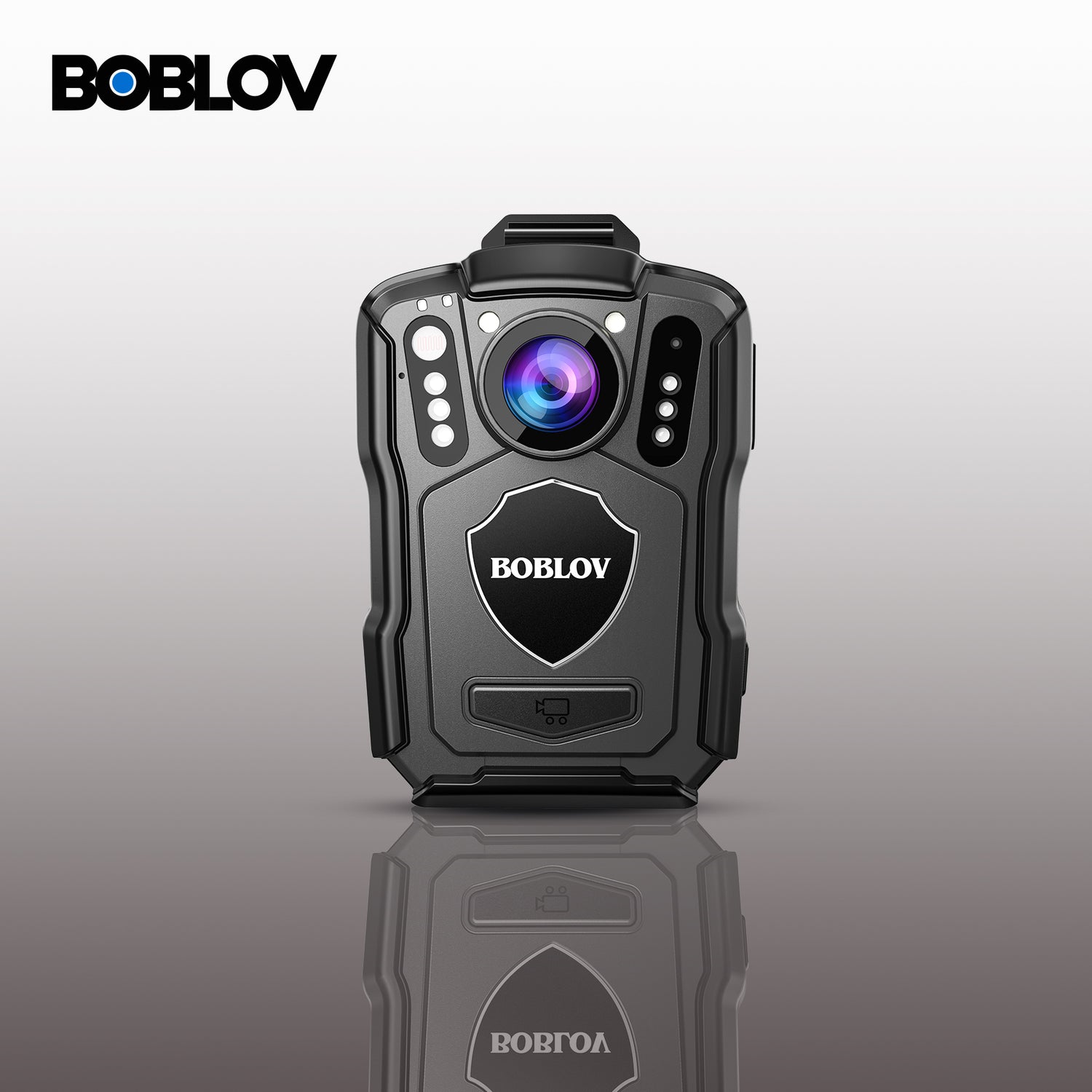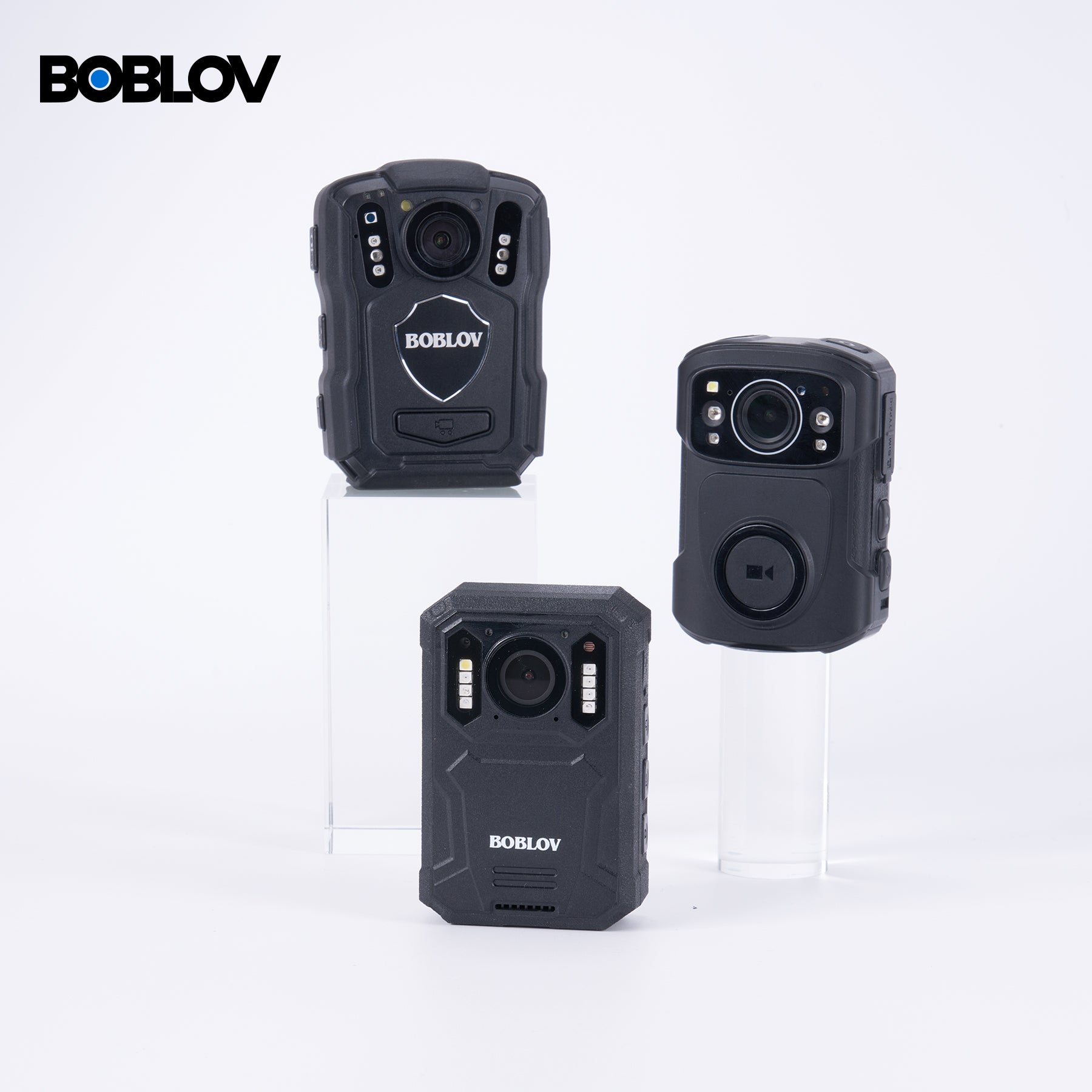The Rise of Body Cameras in Law Enforcement and Security
The Historical Context of Body Cameras in Law Enforcement
The use of body cameras in law enforcement began in the early 2000s in the United Kingdom. Their adoption in the United States gained traction after incidents of police misconduct highlighted the need for better law enforcement transparency and accountability. Initially, body cameras were bulky and had limited recording capabilities. However, the demand for more effective oversight in interactions between police and the community resulted in rapid technological evolution. Today, body cameras are widely accepted as crucial tools for enhancing officer accountability and preserving public trust in law enforcement agencies.

Technological Advancements in Body Camera Technology
The advancement in body camera technology has been significant over the years. Initially, these devices were bulky and offered limited video quality. However, modern body cameras are now much more sophisticated, incorporating features such as high-definition video recording, night vision, and real-time data streaming. Some key technological enhancements include:
- Increased Resolution: Newer models support 4K resolution, ensuring clearer images.
- Extended Battery Life: Innovations have led to cameras that can operate for entire shifts.
- Advanced Storage Solutions: Options now include cloud storage which allows vast amounts of data to be stored securely and accessed remotely.
- Integrated Features: Additions such as GPS tracking, biometric sensors, and automatic activation enhance both functionality and usability. These improvements have not only increased the effectiveness of body cameras but also broadened their applications within law enforcement and security sectors.
Legal Implications and Regulations Governing Body Cameras
The adoption of body cameras by law enforcement has created significant legal discussions. These discussions focus on privacy rights, guidelines for recording interactions, and public access to footage. Several states have enacted laws that dictate when and how police officers can use body cameras. These laws aim to balance the benefits of increased transparency and accountability with the need to protect individual privacy. As legal frameworks continue to evolve, clear regulations are critical for upholding both public trust and officer compliance.
Impact of Body Cameras on Public Safety and Personal Privacy
Enhancing Safety and Accountability in the Field
Body cameras have substantially impacted public safety and law enforcement accountability. By recording interactions between officers and civilians, these devices provide an objective perspective that can be crucial in investigations and trials. The presence of body cameras can deter misconduct among both police officers and the public, leading to a decrease in confrontations and complaints. Moreover, the footage from these cameras serves as an essential tool for training, allowing law enforcement agencies to review and refine their practices. This technological shift significantly boosts transparency and trust within communities.
Balancing Privacy with Security: The Body Camera Dilemma
The debate on body cameras hinges on privacy versus security. These devices, worn by police, capture interactions. This footage assists in investigations and boosts public trust. Yet, citizens worry about invasive surveillance. They fear misuse of their personal moments caught on camera. There's a call for strict rules on how footage is handled. The goal is to guard civil liberties while keeping society safe. Balancing these is the modern challenge facing body camera usage.
Ethical Considerations in Body Camera Usage
The ethical use of body cameras raises key questions. These devices collect sensitive data daily. This data impacts individuals' privacy and rights. Hence, transparency in how footage is used is crucial. Clear policies must guide their use to ensure rights are respected. Body cameras aid in accountability. Yet, they must be used with careful ethical oversight. Officers and the public need rules on when to record or view footage. Such frameworks help balance safety needs with personal freedoms.
Future Directions and Innovations in Body Camera Design
Emerging Trends in Body Camera Technology
In the rapidly evolving world of body camera technology, several emerging trends are shaping the future landscape. Advances in resolution and battery life are transforming how effectively these cameras can capture video over long periods. Integration with cloud storage solutions is making it easier for law enforcement agencies to store and manage vast amounts of video data securely. There's a growing trend towards incorporating real-time streaming capabilities, allowing for instant review and response from command centers. Additionally, we're seeing a rise in the development of lightweight and unobtrusive designs, which enhance comfort and practicality for daily use by officers.
The Role of AI and Machine Learning in Body Cameras
The integration of AI and machine learning into body cameras marks a new epoch. These technologies bring smart features like real-time video analysis and facial recognition. They can flag unusual events or identify wanted persons instantly. Officers can react faster with this info. Also, AI can handle large video archives, making searches and evidence retrieval simpler. This can cut down staff hours once spent combing through footage. Privacy concerns arise with AI use. It's vital to ensure systems are accurate and unbiased. Public trust hinges on responsible AI deployment in law enforcement tools like body cameras.
Regulatory Futures: The Impact of Body Cameras on Law Enforcement Practices
The regulations around body cams are changing. They shape how police use tech. New laws may require cams to be on at all times. They might also set rules on who can see the footage. This can make the public trust the police more. But it might make cops nervous about being watched. The laws try to find a balance. They keep an eye on police without making their jobs too hard. It's hard to guess what new rules will come. But they will make sure cams are used right. This can help make things fair for everyone.




